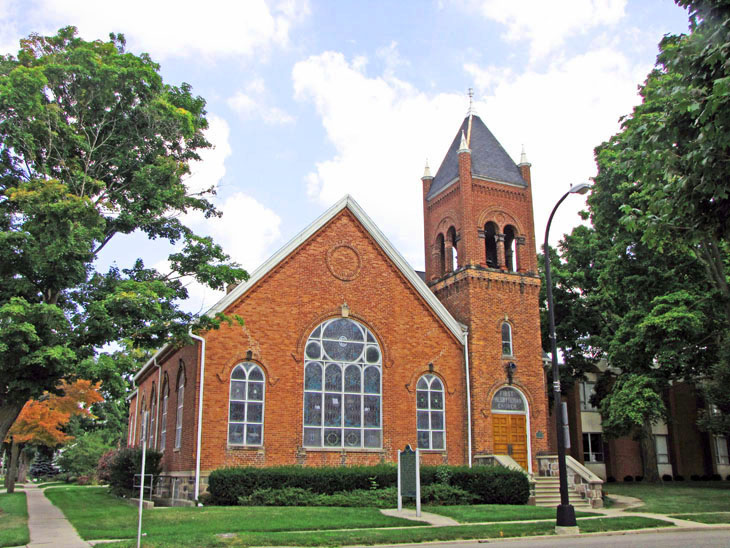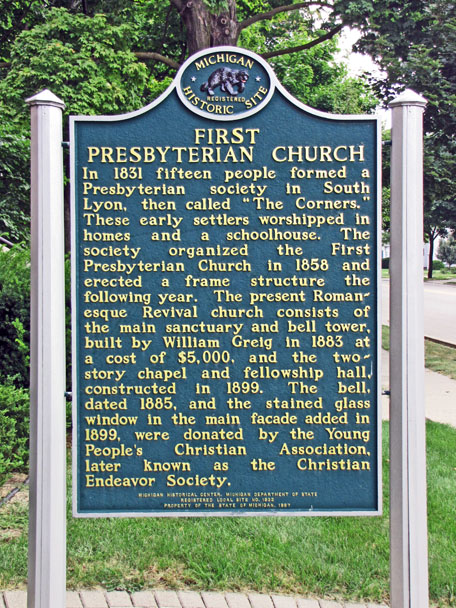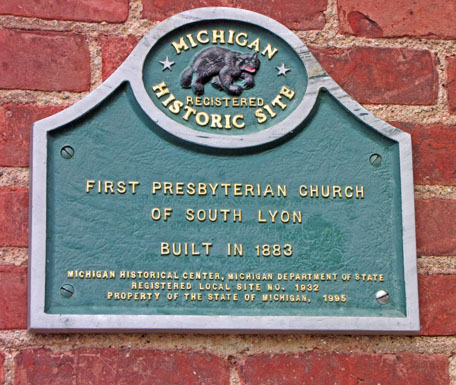

John Knox, who lived from 1510 to 1572, is credited with founding the Presbyterian denomination. He grew up and was educated in Scotland but became involved in political intrigue regarding who would rule that nation. At one point, the French intervened in the selection of who would bear the Scottish crown. Knox, in the view of the French, was on the wrong side, so he was captured by the French, taken to France but then exiled to England in 1549. This was a time of great religious ferment in England and throughout northern Europe. The Reformation was spreading quite rapidly in the northern countries of the continent, but in England, the switch from Roman Catholicism to Anglicanism was moving along much less rapidly. John Knox was a strong supporter of the Reformation  so he became active in the effort to establish an English church independent of Rome. At one point, the crown offered him an appointment as a bishop but he turned that position down. By 1551 he was, however, appointed as one of the royal chaplains to King Edward VI who supported the Reformation. King Edward, however, died on July 6, 1553 and was replaced by Mary Tudor who reestablished the Roman church as the state religion in England. At this time, rulers assumed they had the power to select the religion of their nation.
so he became active in the effort to establish an English church independent of Rome. At one point, the crown offered him an appointment as a bishop but he turned that position down. By 1551 he was, however, appointed as one of the royal chaplains to King Edward VI who supported the Reformation. King Edward, however, died on July 6, 1553 and was replaced by Mary Tudor who reestablished the Roman church as the state religion in England. At this time, rulers assumed they had the power to select the religion of their nation.
Because John Knox strongly supported the Reformation and opposed Mary Tudor, he feared for his safety and left England for Geneva where the Reformation movement had many ardent supporters. Knox met John Calvin and was very impressed by his ideas and his teachings. Knox witnessed the great success of the Reformation in central and northern Europe. His life was a long and complex one, a life that is extremely well documented so no short summary will be very informative. John Knox, however, returned several times to his native Scotland and spent much of his later life there. He strongly supported Reformation in Scotland. In England, Reformation meant that the Anglican Church replaced the Roman church as the official religion. But in Scotland—thanks to the ideas and energetic teachings of John Knox—Presbyterianism replaced the Roman Church. In 1707, the Scottish government formally adopted Presbyterianism as the nation’s religion.
Many of the settlers who came to the rural areas of the American colonies in the 1700s were Scotch or Scotch-Irish individuals. They migrated away from impoverished rural Scotland with the hope of prospering as farmers in the colonies or they were from that large group of Scotch individuals who moved to Ireland and settled there in the 1600s and 1700s. They also found little prosperity in Ireland so sought opportunity here. For the most part, these Scotch-Irish immigrants obtained the least or less valuable lands in the American colonies. Given their Scottish heritage, many of them were Presbyterians. I believe that the first Presbyterian congregation in what is today the United States was established in New York City in 1706.
Almost all the first European settlers in the Detroit area were Catholics since they were from France. Indeed, the French government did not allow French Protestants to migrate to their colonies. The English replaced the French as rulers of Detroit and the Midwest in 1760, but they were so very few in number that no Anglican congregation was founded in that city until about 1825. After the Erie Canal was completed, an increasing number of US residents and immigrants from the British Isles began settling the hinterland around Detroit that is now known as the suburban ring. For the first time, Presbyterians and Congregationalists were numerous enough to establish their own congregation.
Fifteen families living in the area now called South Lyon met on October 30, 1831 and organized a Presbyterian Society. It was led by a local minister, Reverend Prince, from Plymouth. Two years later, the congregation had the funds to erect a schoolhouse that also served as their church, one they shared with Methodists. In 1859, a frame church building was constructed at the intersection of Martindale and Ten Mile Roads. Subsequently, these Presbyterians sold that church to an emerging South Lyon Catholic parish and, in 1882; the Presbyterians began building the attractive brick edifice that you see pictured above.

Builder and Architect; William Grieg
Date of Construction. The front gabled auditorium style church was completed in 1883. The side gabledwing was
completed in 1899.
Architectural style; Elements of both Romanesque Revival and Late Gothic Revival
Use in 2009: Presbyterian church serving the South Lyon area
State of Michigan Registry of Historic Sites; P400, Listed April 20, 1995
State of Michigan Historical Marker: This was affixed to the Lake Street façade of the church on August 25, 1995.
National Register of Historic Sites: Not listed
Photograph: Ren Farley; September 5, 2009
Return to Commemorative Designations
in Wayne County
Return to Homepage